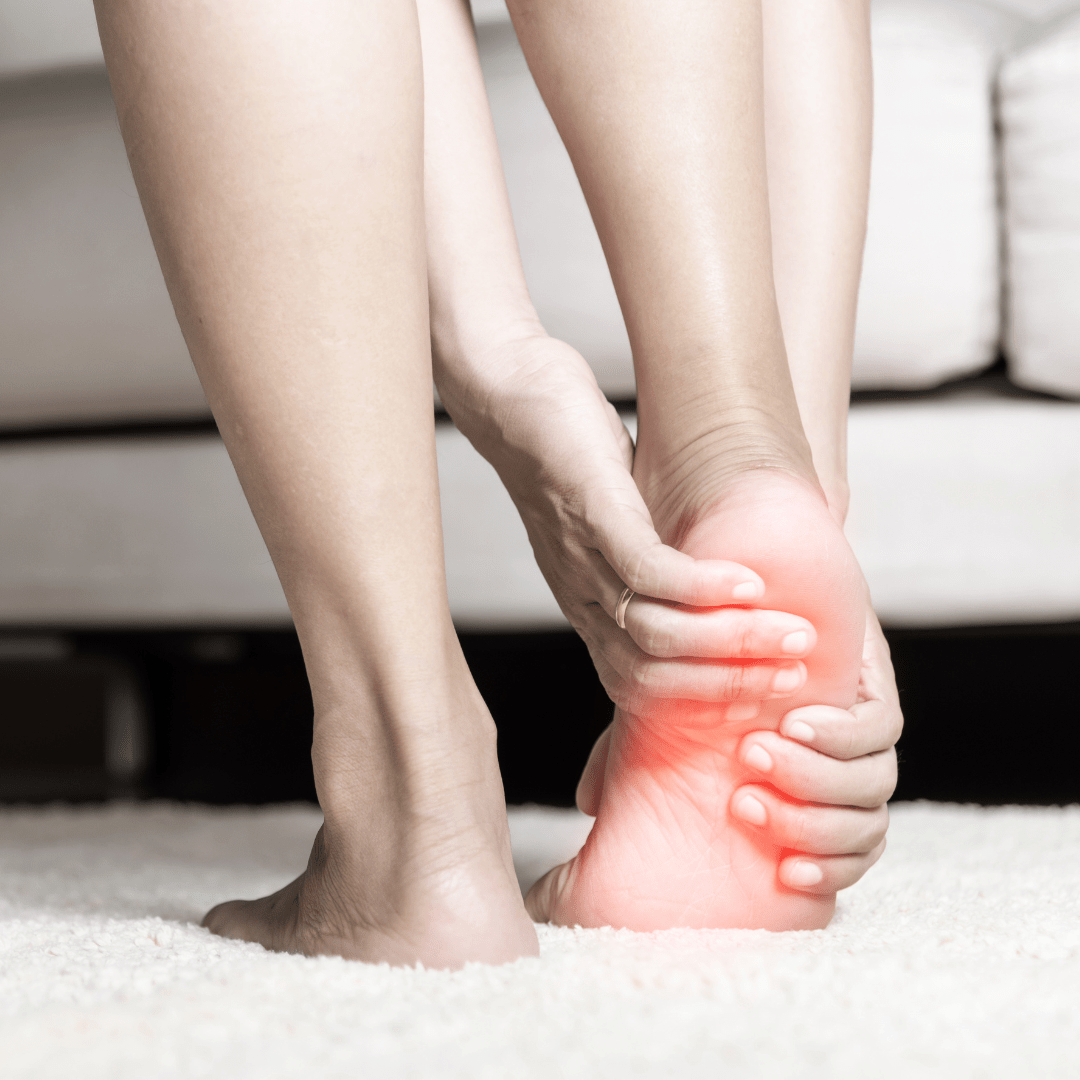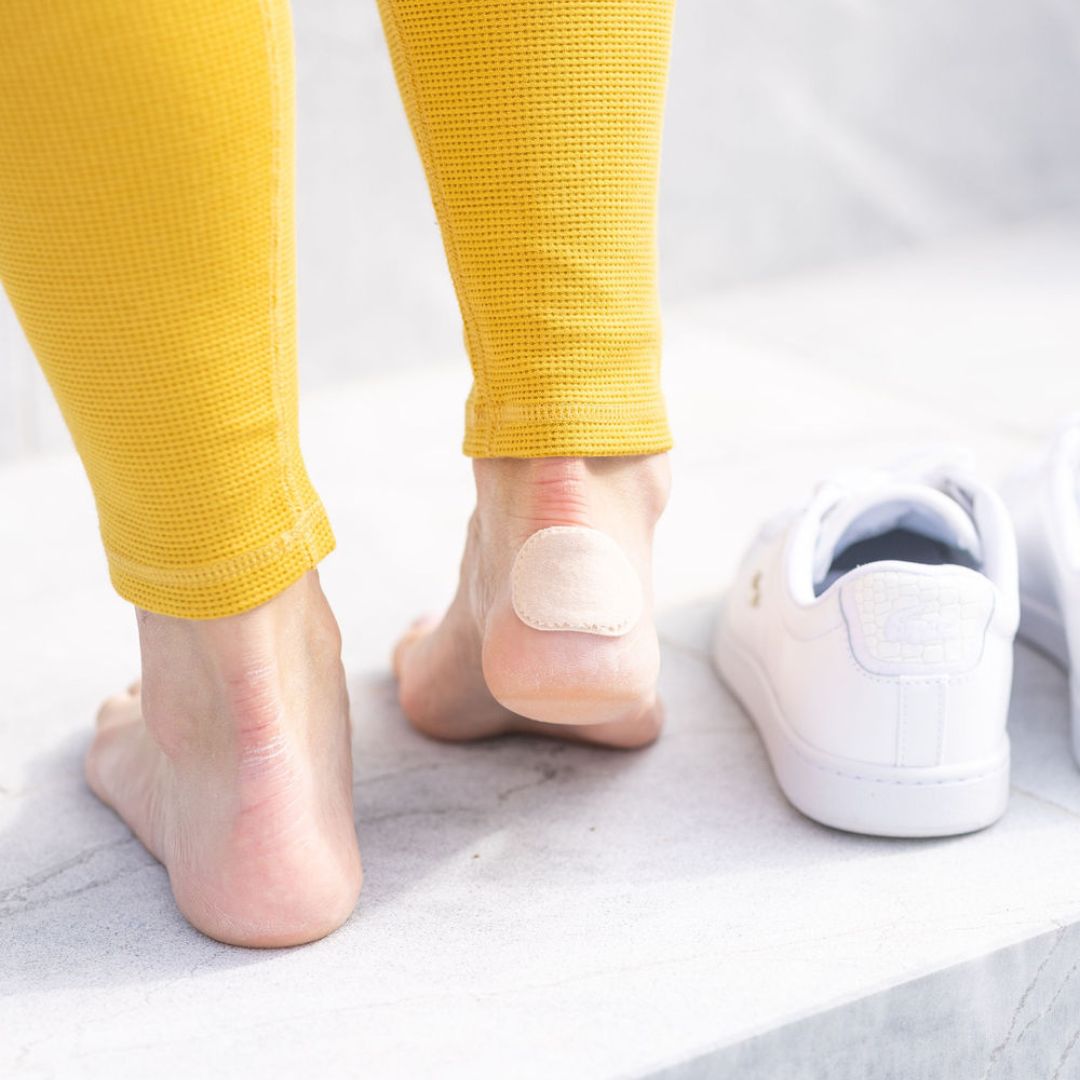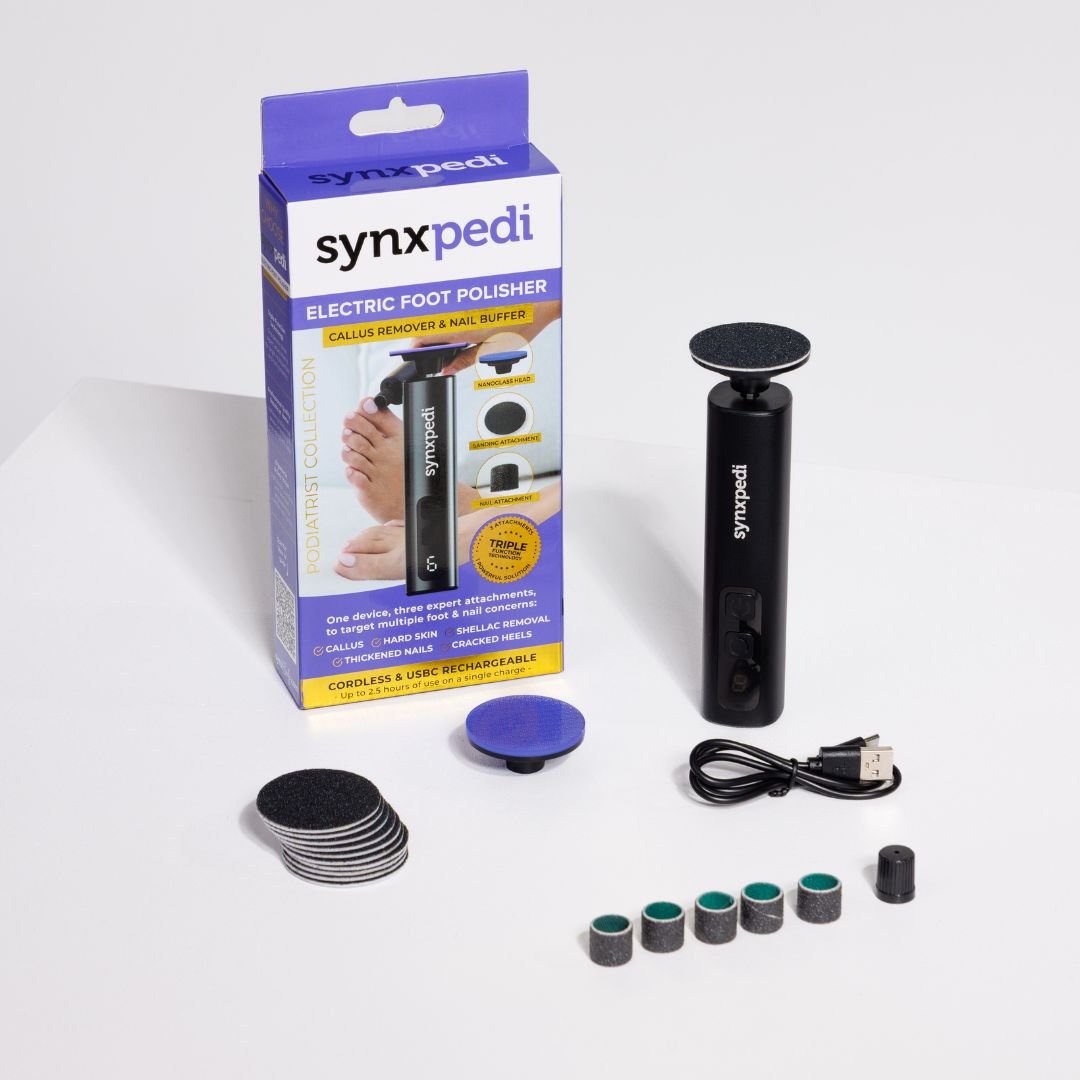
Unlock Relief from Plantar Fasciitis with SynxBody Products
Plantar fasciitis, the most common cause of global heel pain, affects approximately 1 in 10 individuals during their lifetime. At SynxBody, we believe it's crucial to educate people about this condition and provide effective solutions. Join us as we delve into everything you need to know about plantar fasciitis.
Understanding Plantar Fasciitis
Plantar fasciitis manifests as pain in the bottom of the heel, primarily affecting the plantar fascia—a thick ligament connecting the heel to the front of the foot. This ligament absorbs shocks, supports the foot's arch, and facilitates walking. Daily wear and tear can damage or tear the plantar fascia due to excessive pressure on the feet. Consequently, inflammation, stiffness, discomfort, and heel pain arise. The potential causes of plantar fasciitis include:- Flat feet or high arches
- Unsupportive or ill-fitting footwear
- Extensive running
- Prolonged walking or standing on hard surfaces
- Tight calf muscles or Achilles tendon
- Weight gain and aging
- Pregnancy

Recognising Plantar Fasciitis
How do you determine if you have plantar fasciitis? Certain symptoms serve as dead giveaways. Do any of the following sound familiar?- Experiencing initial pain and hobbling when you get out of bed in the morning.
- The pain increases throughout the day after being on your feet at work for a few hours.
- Mild foot pain during daily activities that intensifies when climbing stairs.
- Heel pain while jogging, which diminishes during warm-up but returns fiercely after your session.
If you answered yes to any of these, you might be dealing with plantar fasciitis. The good news is that this condition is treatable!
Treating Plantar Fasciitis
Thankfully, plantar fasciitis is highly treatable. With proper treatment and advice, 95% of individuals recover or manage the condition without surgery within a year. However, as each foot is unique and the causes of plantar fasciitis can vary, there is no one-size-fits-all solution for treatment.One of the most effective ways to prevent and alleviate symptoms is through gentle stretching and physical therapy. Tight muscles in the feet and calves can exacerbate plantar fasciitis, so incorporating stretching exercises is crucial. Here are a couple of stretching routines:
-
Calf Stretches:
a. Stand arm's length away from a wall.
b. Place your right foot behind your left.
c. Gently and slowly bend your left leg forward.
d. Keep your right knee straight and your heel on the ground.
e. Hold the stretch for 15 to 20 seconds, repeating it three times.
f. Switch legs and repeat the process.
-
Foot Stretches:
a. While seated, roll the sole of your foot forwards and backwards over a foam roller or frozen water bottle for one minute.
b. Cross one leg over the other, grab your toes, and gently pull them toward you for 15 to 30 seconds. Repeat three times and switch feet.
c. Fold a towel lengthwise to create an exercise strap. Sit down, place the folded towel under the arches of both feet, grab the ends with both hands and gently pull the tops of your feet toward you. Hold for 15 to 30 seconds and repeat three times.
Performing these stretches daily can alleviate your plantar fascia pain.
Experience Relief from Plantar Fasciitis with SynxBody's Specialised Products
SynxBody offers targeted solutions to combat plantar fasciitis, including our Synxgeli Gel Heel Cushions, Synxplus Foot and Ankle Sleeve, and Synxsole Everyday Insole. Our gel heel cushions provide optimal shock absorption, while their slim design ensures a seamless fit in various shoes and boots. The protective, antimicrobial covering prevents sweating and slipping. The foot and ankle sleeve reduces swelling and pain, aiding tissue repair, and can be worn comfortably anytime, anywhere. Our everyday insole tunes biomechanical forces, reducing tissue stress and improving joint alignment. Treat your plantar fasciitis with our specially designed products available online or in-store from our trusted stockists.

Related Products
 |








